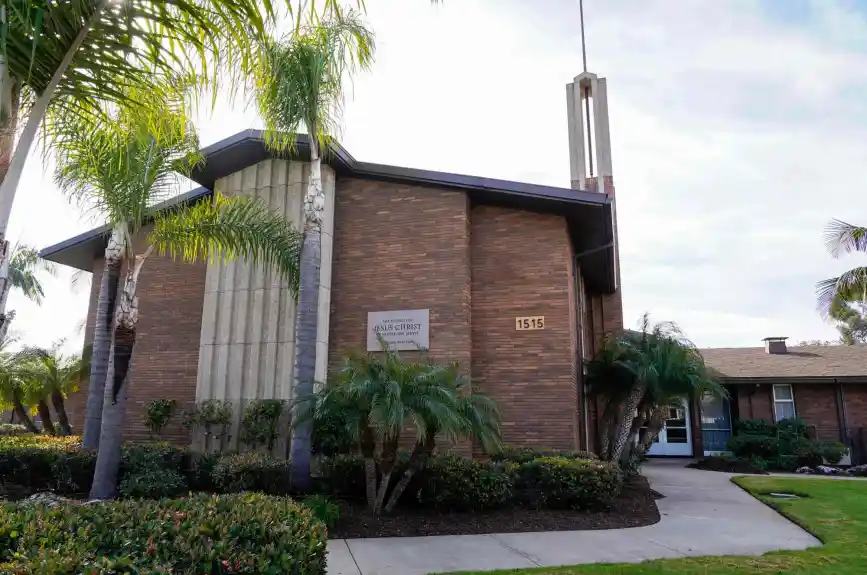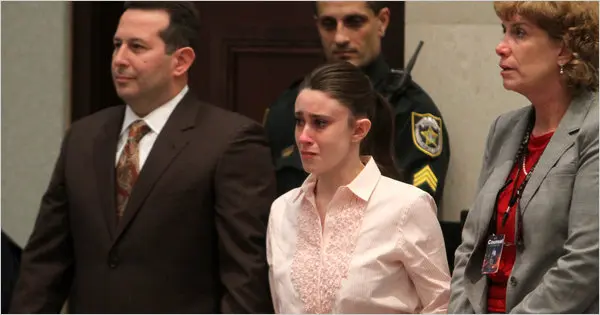
A new surge of sexual abuse lawsuits has rocked communities in San Diego and throughout California, with allegations directed at the LDS Church. Survivors and advocates claim that decades of alleged misconduct and institutional cover-ups have finally come to light. This in-depth report explores the unfolding crisis, the legal battles ahead, and the broader implications for the church and its followers.
Understanding the Lawsuits Against the LDS Church
In recent weeks, the LDS Church (officially The Church of Jesus Christ of Latter-day Saints) has faced a legal firestorm. Over 20 new lawsuits allege sexual abuse by clergy members and volunteers in San Diego and other parts of California. The claims, filed by survivors now in their 40s and 50s, accuse the church of systematically covering up abuse dating back decades.
This isn’t the first time the LDS Church has faced such allegations, but the scale of these cases—combined with California’s unique legal landscape—has thrust the institution into uncharted territory.
Background on the LDS Church
The LDS Church, known formally as The Church of Jesus Christ of Latter-day Saints, has long been a pillar in many communities across the United States, particularly in regions like California. With millions of members worldwide, the church has played a significant role in shaping social and community values. However, like many large institutions, it has also faced its share of controversies.
Historically, the LDS Church has maintained strict protocols and a hierarchical structure, which critics say can sometimes create an environment where allegations of misconduct are swept under the rug. Past cases in other regions have similarly accused the church of mishandling sensitive issues. Now, the recent wave of lawsuits in California is adding to a growing chorus of voices demanding accountability and transparency.
Legal Perspectives and Community Reactions
Why Now? California’s Child Victims Act Explained
The surge in lawsuits is tied to California’s Child Victims Act, a 2020 law that temporarily extended the statute of limitations for sexual abuse claims. Survivors now have until December 31, 2026, to sue organizations—even if the abuse occurred decades ago.
“This law is a lifeline for survivors who were silenced by fear or shame,” says attorney Paul Mones, who represents several plaintiffs. “It’s holding powerful institutions accountable.”
Legal Challenges Ahead
Legal experts suggest that these lawsuits present complex challenges. The cases involve not only claims of negligence but also issues related to the statute of limitations, internal church policies, and the confidential nature of many church proceedings. Attorneys representing the survivors are gathering evidence that spans years, aiming to prove a pattern of cover-up and inaction.
Experts in institutional abuse note that when organizations are structured with strict internal hierarchies, there can be significant obstacles for victims seeking justice. The legal battles are expected to be long and emotionally charged, with both sides preparing for a protracted fight in the courts.

You might also like…
Casey Anthony’s Bold New Move: TikTok & Substack Sparks Outrage and Curiosity
Survivors Speak Out: Heartbreaking Allegations Against the LDS Church
One plaintiff, identified as “John Doe,” claims he was abused by a youth leader during a 1985 church camping trip in San Diego. “The church knew this man had prior accusations, but they let him stay in power,” Doe told reporters.
Another survivor, “Jane Roe,” alleges she was assaulted by a bishop in Los Angeles in the 1990s. “When I told my parents, they didn’t believe me. The church was everything to our family,” she said.
These stories echo patterns seen in past Catholic Church abuse cases, where leaders allegedly prioritized reputation over victims’ safety.
How the LDS Church Is Responding
In a statement, the LDS Church denied wrongdoing: “We condemn abuse in any form. Our leaders are trained to report allegations to law enforcement immediately.”
However, critics argue the church’s internal policies—like relying on lay clergy with minimal training—create risks. “Bishops aren’t professionals. They’re volunteers who may mishandle sensitive situations,” explains Sam Young, a former Mormon bishop and advocate for abuse survivors.
Community Impact
In California, where these lawsuits are making headlines, community reactions have been mixed. Many local residents, including former members of the LDS Church, have expressed shock and dismay. Community leaders and advocacy groups are calling for comprehensive investigations and support for survivors. Social media platforms are abuzz with discussions and calls for reform, with hashtags and community forums dedicated to sharing stories and updates.
Local support groups have reported a surge in inquiries from survivors who had previously felt isolated and unheard. This collective momentum is pushing the narrative that institutions, regardless of their size or influence, must be held accountable for protecting vulnerable members of society.
Expert Opinions and Statistical Insights
Insights from Abuse Prevention Advocates
Abuse prevention experts and psychologists have weighed in on the broader societal impact of such lawsuits. They emphasize that when trusted institutions are implicated in abuse scandals, it undermines public trust and can lead to long-term psychological harm among survivors. One expert noted that “institutions that fail to act decisively in the face of abuse not only harm individuals but also erode the very foundation of community trust.”
Studies on institutional abuse have revealed that survivors often face an uphill battle when seeking justice, largely due to the power dynamics at play. Statistics from recent research indicate that only a small percentage of abuse cases are reported, and even fewer result in convictions. These sobering facts underline the urgency of reform and greater accountability within large organizations like the LDS Church.
Case Studies Highlighting the Issue
Several high-profile cases have emerged over the last decade involving allegations against religious institutions. While each case is unique, common themes include the failure to protect young members and the use of internal review processes that favor institutional preservation over victim welfare. These case studies provide a context that is both alarming and instructive, emphasizing the need for systemic changes in how abuse allegations are handled.
The Future of the LDS Church Amidst the Lawsuits
Internal Reforms and Public Statements
In response to mounting pressure, the LDS Church has issued public statements reiterating its commitment to protecting its members and ensuring accountability. However, critics argue that these statements fall short of addressing the systemic issues highlighted by the lawsuits. The church is now at a crossroads, facing a dual challenge: addressing past wrongdoings while instituting reforms to prevent future incidents.
Church leaders have promised to cooperate with investigations and to reexamine internal policies related to abuse allegations. This could potentially include revising procedures for reporting abuse, enhancing transparency, and providing better support for survivors. Nevertheless, many remain skeptical, questioning whether these measures will be sufficient to restore trust.
Potential Implications for Religious Institutions
The legal battles confronting the LDS Church could have broader implications for religious institutions nationwide. This wave of lawsuits may serve as a catalyst for change, encouraging other organizations to adopt stricter safeguards against abuse and to implement more transparent reporting mechanisms. The case could redefine how institutions manage allegations of misconduct, ultimately benefiting survivors and the wider community.
How to Support Survivors and Prevent Abuse
- Believe survivors: Listen without judgment.
- Advocate for transparency: Push institutions to adopt clear reporting policies.
- Educate children: Teach body safety and consent early.
Conclusion
The wave of sexual abuse lawsuits filed against the LDS Church in San Diego and across California is a stark reminder of the need for accountability within powerful institutions. As legal proceedings advance and more survivors step forward, the spotlight intensifies on the church’s handling of abuse allegations. With community trust at stake and a clear demand for change, the coming months will be crucial in determining whether the LDS Church can genuinely reform its practices and restore confidence among its members.
This ongoing saga not only impacts the LDS Church but also raises critical questions about how society protects its most vulnerable citizens. As we await further legal developments, one thing is clear: justice for survivors remains the ultimate goal.
FAQs: What You Need to Know About the LDS Church Lawsuits
Q: What is the LDS Church’s official stance on abuse?
A: The church states it has “zero tolerance” for abuse and requires leaders to report allegations to authorities.
Q: How many lawsuits are pending in California?
A: Over 20 cases have been filed since 2023, with more expected before the 2026 deadline.
Q: Have other religious groups faced similar lawsuits?
A: Yes. Catholic dioceses and Jehovah’s Witnesses have also been targeted under the Child Victims Act.
Q: Can survivors outside California file claims?
A: Laws vary by state. Survivors should consult attorneys to explore options.
Q: How can I report abuse within the LDS Church?
A: Contact local law enforcement first. For church-related concerns, email abusehelpline@ChurchofJesusChrist.org